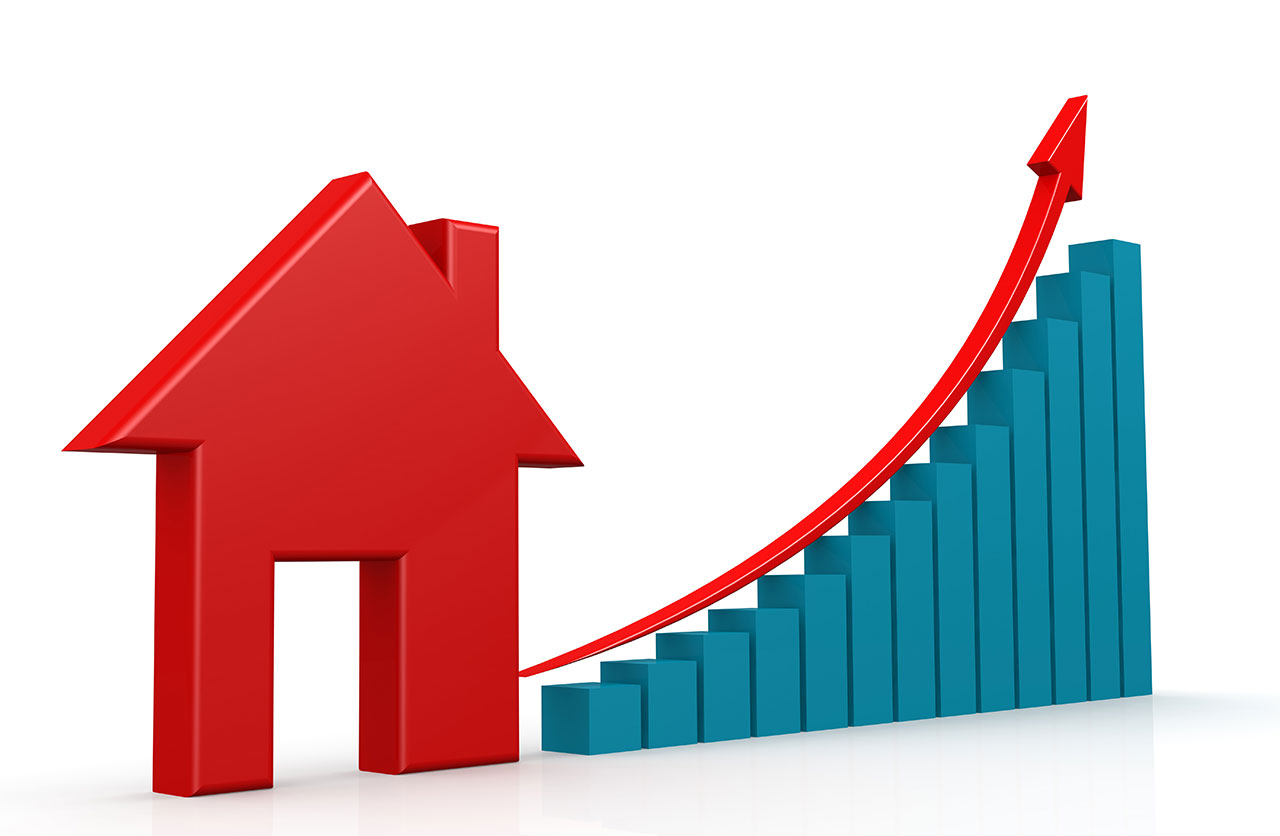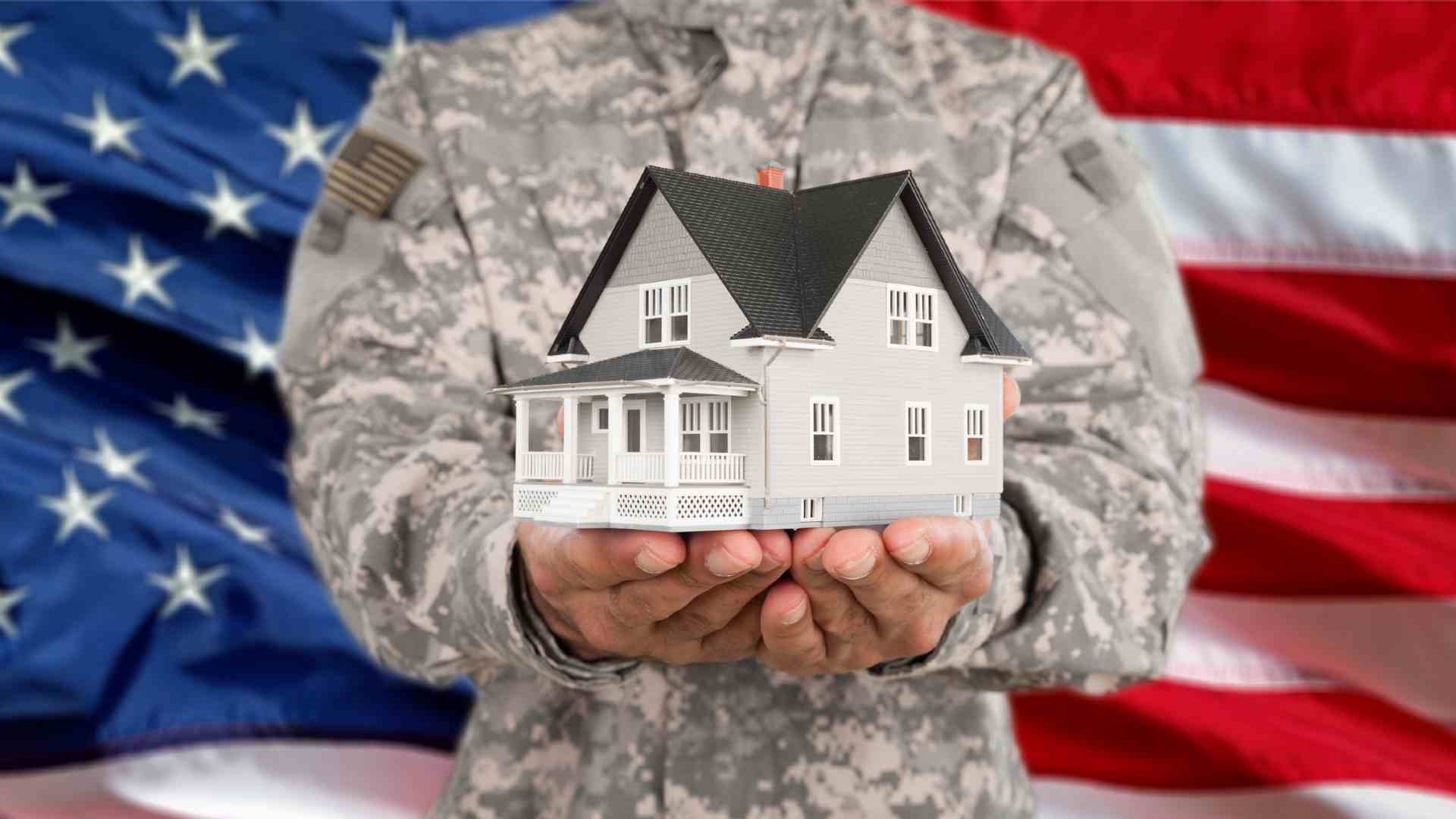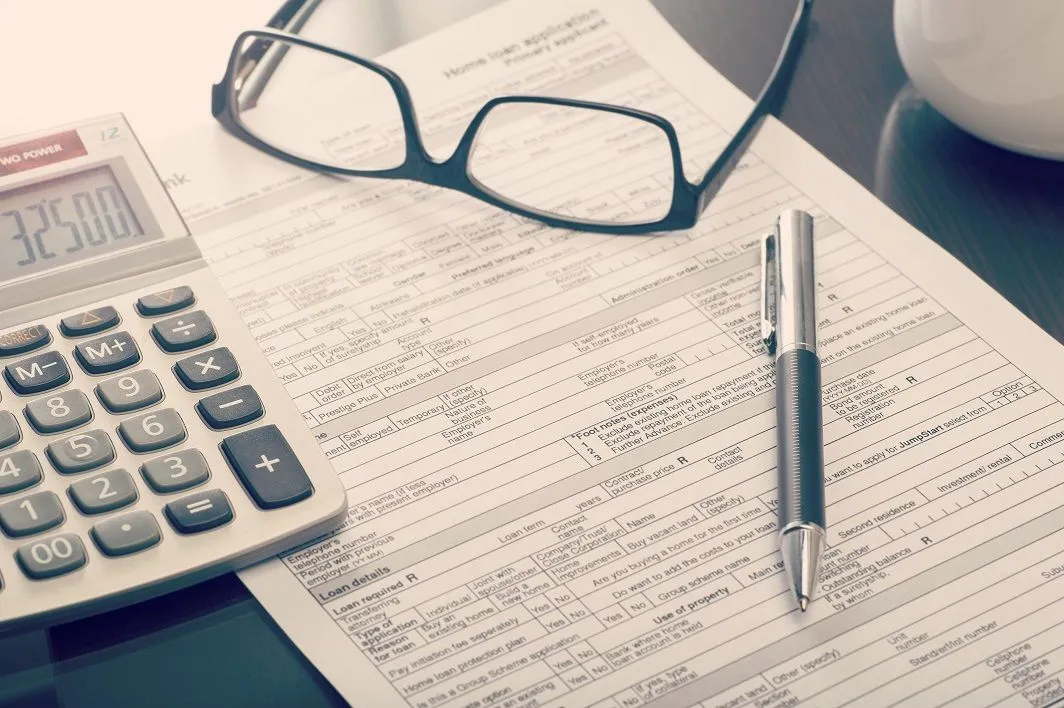Exploring Mortgage Types - Find The Best Option For You
When it comes to buying a home, securing the right mortgage is as crucial as finding the perfect property. A mortgage is not just a loan; it's a commitment that spans decades, and the type you choose can have a significant impact on your financial future. With a variety of mortgage typesavailable, it's essential to understand the options to make an informed decision that aligns with your financial goals and lifestyle.
When it comes to buying a home, one of the most crucial decisions you will make is choosing the right type of mortgage. A mortgage is a loan provided by a bank or mortgage lender to help finance the purchase of a home. The terms of the mortgage, including the interest rate, repayment period, and the amount borrowed, can vary significantly depending on the type of mortgage you choose. This comprehensive guide will explore the various mortgage types available to homebuyers, helping you make an informed decision on which mortgage best suits your financial situation and homeownership goals.
Conventional Mortgages
When it comes to home financing, conventional mortgagesare often the first option that potential homeowners consider. These loans are not guaranteed by any government agency, which distinguishes them from government-backed options. Understanding the nuances of conventional loans can help you determine if they align with your financial goals and home-buying needs.
Definition And Characteristics Of Conforming Loans
Conventional mortgages are typically divided into two categories: conforming and non-conforming loans. Conforming loans adhere to the guidelines set by Fannie Mae and Freddie Mac, two government-sponsored enterprises that buy and securitize mortgages. One of the most critical standards for these loans is the loan limit, which changes annually. For 2023, the conforming loan limit for a single-family home in most of the United States is $726,200.
Conforming loans are popular because they often offer competitive interest rates and terms. To qualify, borrowers usually need a good credit score, a stable income, and a down payment of at least 3% to 5%. However, putting down less than 20% typically requires private mortgage insurance (PMI), which protects the lender in case of default.
Non-Conforming Loans And Their Features
Non-conforming loans, on the other hand, exceed the loan limits set by Fannie Mae and Freddie Mac or do not meet other criteria. These include jumbo loans, which are necessary when the loan amount is higher than the conforming loan limit. Jumbo loans are considered riskier for lenders, so they often have stricter credit requirements, larger down payments, and may carry higher interest rates.
Another type of non-conforming loan is the subprime mortgage, designed for individuals with poor credit histories. These loans come with higher interest rates to compensate for the increased risk to the lender.
Pros And Cons Of Conventional Loans
Pros:
- Flexibility: Conventional loans offer a variety of terms, from 10 to 30 years, and can be used for primary residences, second homes, or investment properties.
- No Upfront Funding Fees: Unlike some government-backed loans, conventional loans do not require an upfront funding fee.
- PMI Cancellation: Once you reach 20% equity in your home, you can request to cancel the PMI, potentially lowering your monthly payments.
Cons:
- Stricter Requirements: Conventional loans typically require a higher credit score and a larger down payment compared to government-backed loans.
- PMI with Low Down Payments: If you put down less than 20%, you'll need to pay for PMI until you've built sufficient equity in your home.
- Potentially Higher Interest Rates: For borrowers with lower credit scores, conventional loans may come with higher interest rates than government-backed loans.
Ideal Candidates For Conventional Loans
Conventional loans are best suited for borrowers with a strong credit history, a stable job, and the ability to make a substantial down payment. If you can afford to put down 20% or more, you'll avoid PMI, making your loan more cost-effective over time. Additionally, if you're looking to purchase a higher-priced property that exceeds government loan limits, a conventional loan, particularly a jumbo loan, may be your only option.
Government-Backed Mortgages
When exploring mortgage options, it's essential to consider government-backed mortgages. These loans are supported by various government agencies, which makes them distinct from conventional loans. They are designed to help specific groups of homebuyers, such as first-time buyers, military service members, and those living in rural areas. Let's delve into the three main types of government-backed mortgages: FHA loans, VA loans, and USDA loans.
FHA Loans
FHA loansare backed by the Federal Housing Administration and are popular among buyers with lower credit scores. These loans are a beacon of hope for those who dream of owning a home but have a less-than-stellar financial history. The FHA doesn't lend money directly; instead, it insures the loans, which reduces the risk for lenders and often leads to more favorable loan terms for borrowers.
One of the most significant advantages of FHA loans is the lower down payment requirement, which can be as low as 3.5% of the purchase price. This makes the dream of homeownership more attainable for many. Additionally, the credit score requirements are not as strict compared to conventional loans. However, borrowers must pay for mortgage insurance, which adds to the overall cost of the loan.
VA Loans
VA loansare a powerful benefit for military service members, veterans, and their families. These loans are guaranteed by the U.S. Department of Veterans Affairs and offer several advantages to those who have served our country. One of the most compelling benefits is the possibility of a zero down payment, which can significantly reduce the upfront costs of buying a home.
VA loans also do not require mortgage insurance, which can lead to substantial savings over the life of the loan. The VA sets limits on closing costs, making the process more affordable for qualified buyers. However, there is a funding fee that varies based on the down payment and whether the borrower has used a VA loan before. This fee helps to fund the program for future borrowers.
USDA Loans
USDA loansare targeted at homebuyers looking to live in rural areas. These loans are backed by the United States Department of Agriculture and are part of their Rural Development program. The goal is to encourage growth and homeownership in less densely populated parts of the country.
One of the most attractive features of USDA loans is the possibility of no down payment, which is a significant advantage for those who may not have substantial savings. To qualify, buyers must meet certain income requirements and purchase a property in an eligible rural area. Like FHA loans, USDA loans require mortgage insurance, but the premiums are typically lower.
Advantages And Limitations Of Government-Backed Loans
Government-backed loans offer several advantages. They often come with lower down payment requirements, more lenient credit score criteria, and in some cases, no need for mortgage insurance. These features can make homeownership more accessible for many people.
However, there are also limitations to consider. These loans often come with specific eligibility requirements, such as military service for VA loans or purchasing in a rural area for USDA loans. Additionally, there may be loan limits, and borrowers are typically required to pay some form of mortgage insurance or funding fee (except for VA loans).
Fixed-Rate Vs. Adjustable-Rate Mortgages
When it comes to selecting a mortgage, understanding the difference between fixed-rate and adjustable-rate mortgages (ARMs) is crucial. These two types of loans offer different benefits and risks, and choosing the right one can significantly impact your financial future.
Stability Of Fixed-Rate Mortgages And Their Benefits
Fixed-rate mortgages are the most traditional form of home loan. They come with an interest rate that remains constant throughout the life of the loan. This means that your monthly mortgage payments will stay the same from the first payment to the last, regardless of market fluctuations.
The primary benefit of a fixed-rate mortgage is predictability. Homebuyers who prefer a stable, consistent budget often choose this type of mortgage because they can plan their finances without worrying about rising interest rates. This stability makes it easier to manage long-term financial goals.
Another advantage is that if you secure a loan when interest rates are low, you lock in that rate for the duration of your mortgage. This can save you a significant amount of money over time, especially if interest rates rise in the future.
Adjustable-Rate Mortgages (ARMs) And Their Initial Lower Rates
On the other hand, adjustable-rate mortgages start with an interest rate that is typically lower than the rate for fixed-rate mortgages. This can make ARMs particularly attractive to homebuyers who are looking to save money on their initial payments or those who plan to sell or refinance their home before the rate adjusts.
ARMs come with a period where the rate is fixed, often for the first few years of the loan. After this initial period, the interest rate will change at predetermined intervals, such as annually, based on a specific index plus a set margin. This means that your monthly payment could increase or decrease over time.
Comparison Of Fixed And Adjustable Rates Over Time
The comparison between fixed-rate and adjustable-rate mortgages often comes down to the length of time you plan to stay in your home. If you're planning to live in your home for a long time, a fixed-rate mortgage may be the better choice because it protects you from the risk of rising interest rates.
Conversely, if you're only planning to stay in your home for a few years, an ARM might be more beneficial. The initial lower rate can help you save money in the short term, and you may not be affected by the rate adjustments if you move before they occur.
It's important to note that with ARMs, there is a risk that your payments could become unaffordable if interest rates rise significantly. This could make it more challenging to budget for your mortgage payments and could potentially lead to financial strain.
How To Decide Between Fixed-Rate And Adjustable-Rate Mortgages
Deciding between a fixed-rate and an adjustable-rate mortgage depends on several factors:
- Your Financial Situation:Assess your current financial stability and your ability to handle potential increases in your mortgage payments.
- Interest Rate Environment:Consider the current interest rate climate and whether rates are expected to rise or fall in the coming years.
- Length of Homeownership:Think about how long you plan to stay in your home. If it's a short-term investment, an ARM might be more suitable.
- Risk Tolerance:Determine your comfort level with the possibility of rising payments in the future.
Before making a decision, it's advisable to use a mortgage calculatorto compare the potential costs of fixed-rate and adjustable-rate mortgages over time. Additionally, speaking with a financial advisor or mortgage professional can provide personalized advice based on your individual circumstances.
Specialized Mortgage Options
When delving into the diverse realm of mortgage types, it's crucial to explore specialized mortgage options tailored to specific financial situations or purchasing scenarios. These distinct loans can provide unique advantages and may involve specific considerations that are essential to comprehend before making a commitment. For more insights on enhancing your understanding of mortgages and maximizing your home's value, you can refer to the comprehensive guide at Washington Independent.
Construction Loans For Building A Home
Construction loans are designed for individuals looking to build their own home rather than purchasing an existing property. Unlike standard mortgages, construction loans have a shorter term and typically operate on an interest-only basis during the construction phase. Once the building is complete, the loan often converts to a traditional mortgage.
Key Features:
- Short-term loan during construction
- Interest-only payments until construction is complete
- Converts to a standard mortgage after construction
Who Should Consider a Construction Loan?
- Individuals building a custom home
- Borrowers who have a clear construction plan and timeline
- Those who understand the risks and costs associated with construction
Interest-Only Mortgages And Their Unique Payment Structure
Interest-only mortgages allow borrowers to pay just the interest on the loan for a set period, usually 5 to 10 years. During this time, the principal balance remains unchanged unless the borrower decides to make additional payments.
Advantages:
- Lower initial monthly payments
- Flexibility to invest money elsewhere during the interest-only period
Drawbacks:
- Principal balance does not decrease during the interest-only period
- Potential for higher payments once the interest-only period ends
Ideal Candidates for Interest-Only Mortgages:
- High-income earners who expect their income to increase over time
- Borrowers with irregular income who can afford to make lump-sum payments toward the principal
- Investors who plan to sell the property before the interest-only period expires
Piggyback Loans To Avoid Mortgage Insurance
A piggyback loan is a strategy used to avoid paying for private mortgage insurance (PMI) by taking out a second mortgage in addition to the primary mortgage. This is often structured as an 80-10-10 loan, where 80% is the primary mortgage, 10% is the second mortgage, and the remaining 10% is the down payment.
Benefits:
- Avoids PMI, which can be costly over time
- May offer tax deductions on interest paid for both loans
Considerations:
- Managing two separate mortgage payments
- Potentially higher interest rates on the second mortgage
Who Might Opt for a Piggyback Loan?
- Borrowers with less than a 20% down payment who want to avoid PMI
- Those who can manage the financial complexity of two mortgages
Balloon Mortgages And Their Large End-Term Payments
Balloon mortgagesrequire borrowers to make regular, often low, monthly payments for a set period, followed by a large lump-sum payment at the end of the loan term. This final payment, known as the "balloon payment," covers the remaining principal balance.
Characteristics:
- Lower monthly payments during the loan term
- Large balloon payment due at the end of the term
Risks:
- The need for a substantial amount of cash for the balloon payment
- Risk of foreclosure if the borrower cannot make the balloon payment or refinance
Suitable for:
- Borrowers who plan to sell the property before the balloon payment is due
- Those with a clear strategy for saving or obtaining the funds needed for the balloon payment
Each of these specialized mortgage options presents unique opportunities and challenges. Prospective homebuyers should carefully assess their financial situation, future plans, and risk tolerance when considering these types of loans. Consulting with a financial advisor or mortgage professional can provide valuable insights and guidance tailored to individual circumstances.
Mortgage Types - FAQs
What Are The 5 Stages Of Mortgage?
- Pre-approval:This is the initial stage where a borrower seeks preliminary approval from a lender based on their financial situation.
- Application:The borrower submits a formal mortgage application, providing detailed financial information to the lender.
- Processing:The lender reviews and verifies the information provided by the borrower, orders a home appraisal, and may request additional documentation.
- Underwriting:The lender evaluates the risk associated with the mortgage and makes a final decision on whether to approve or deny the loan.
- Closing:The borrower and lender finalize the mortgage agreement, and legal ownership of the property is transferred. This involves signing the necessary documents and may include paying closing costs.
What Is The Most Common Form Of Mortgage?
The most common form of mortgage is the fixed-rate mortgage, where the interest rate remains constant throughout the loan term.
Is A Mortgage A Loan?
A mortgage is a type of loan. Specifically, it is a loan used to finance the purchase of real estate, with the property itself serving as collateral for the loan. Borrowers repay the mortgage over an agreed-upon period, which is usually several years, through regular monthly payments that include both principal and interest.
Conclusion
Navigating the world of mortgages can be complex, but understanding the nuances of each option empowers borrowers to make informed decisions. Whether building a dream home, seeking lower initial payments, avoiding extra insurance costs, or planning for a significant future investment, there's a specialized mortgage product designed to meet those needs. By weighing the pros and cons and considering long-term financial goals, homebuyers can find the best mortgage type to fit their unique situation.




